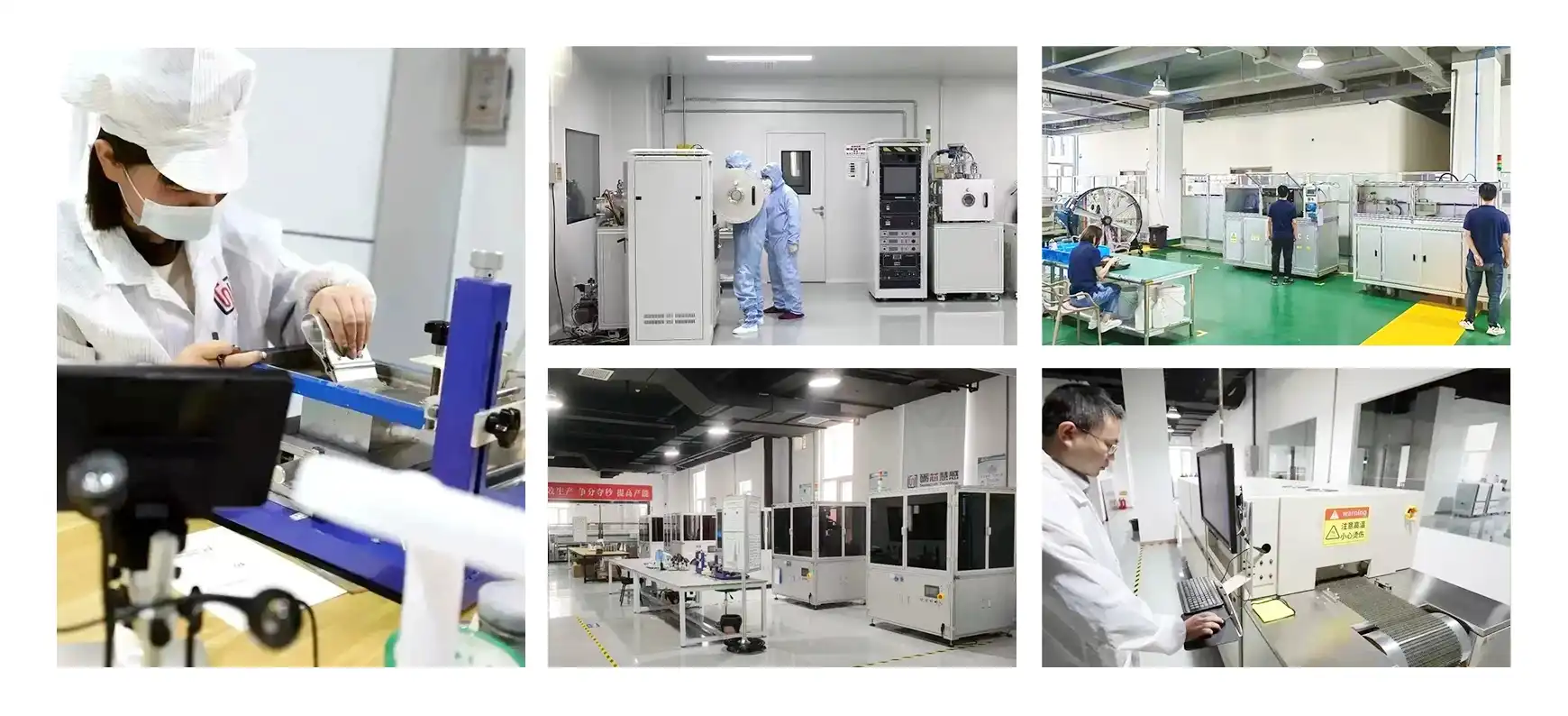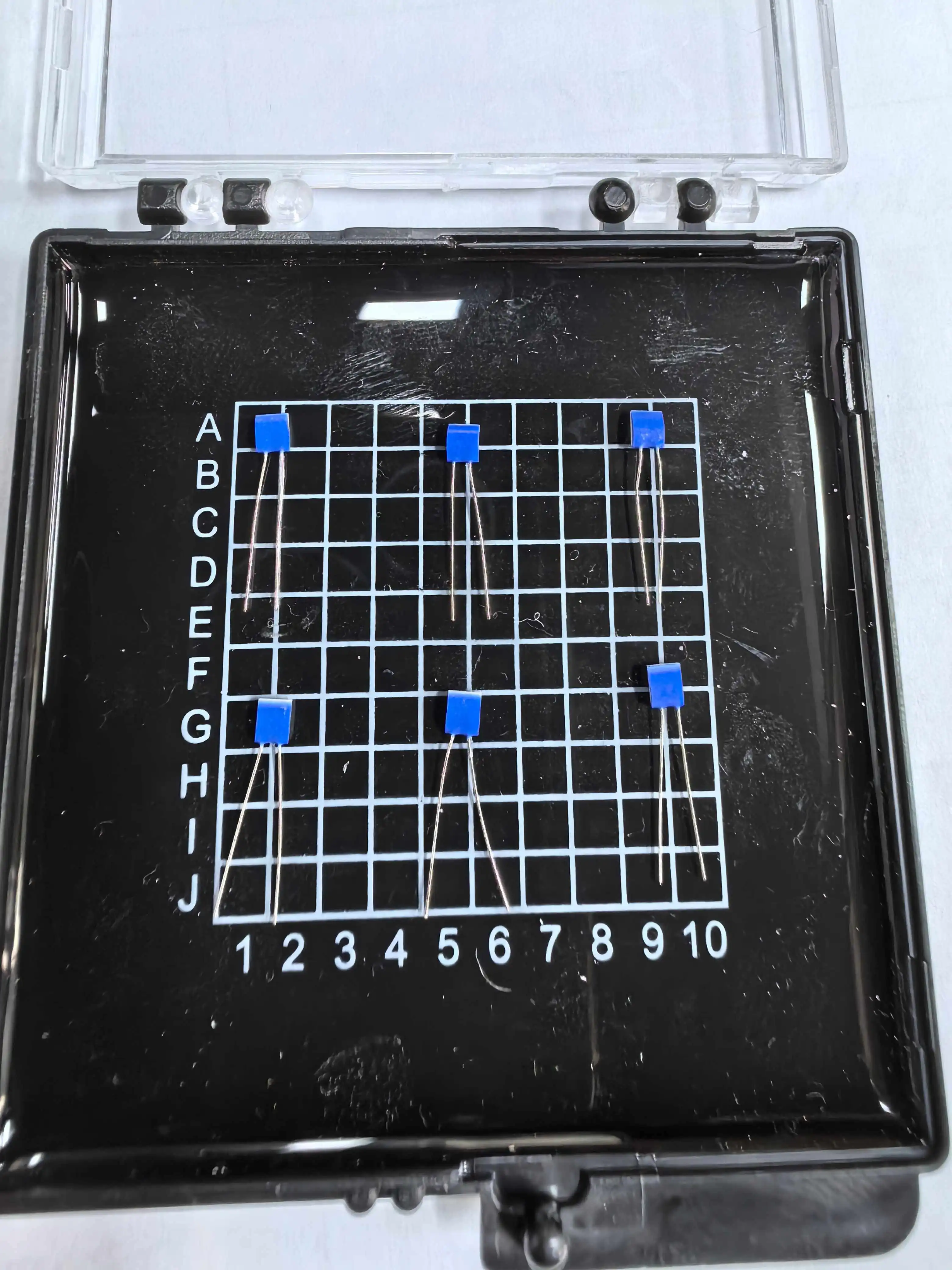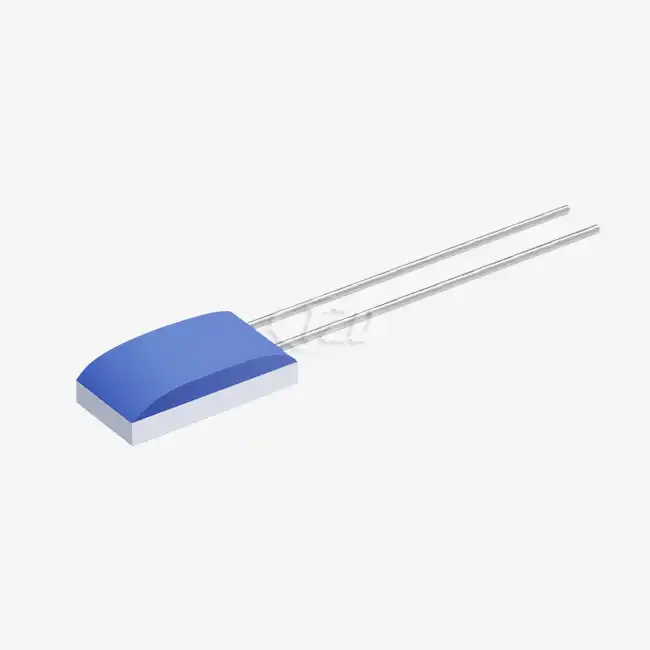Understanding High Precision Threaded Thermistor Temperature Sensors
Principles of Operation
High precision threaded thermistor temperature sensors operate on the principle of temperature-dependent electrical resistance. As the temperature changes, the resistance of the thermistor element varies in a predictable manner. These sensors are designed with a threaded housing, allowing for easy installation in various applications. The thermistor element, typically made from semiconductor materials, exhibits a high sensitivity to temperature changes, enabling precise measurements.
Key Features and Specifications
Threaded thermistor sensors offer several advantages, including high accuracy, fast response times, and excellent stability. They are available in various configurations, such as Pt100, Pt500, and Pt1000, with different wire configurations like two-wire, three-wire, and four-wire systems. The temperature coefficient of these sensors is typically 3850 ppm/K, ensuring consistent performance across a wide temperature range. Accuracy classes range from 1/30B Class with a tolerance of ±0.01°C to B Class with a tolerance of ±0.30°C, catering to diverse application requirements.
Applications in Various Industries
High precision threaded thermistor temperature sensors find extensive use in industries such as automotive, aerospace, medical, and industrial processes. Their robustness and accuracy make them ideal for applications requiring precise temperature control, including engine monitoring, HVAC systems, medical equipment, and food processing. The ability to withstand harsh environments, coupled with their compact size, makes these sensors invaluable in critical temperature measurement scenarios.
Common Problems with Threaded Thermistor Sensors
Calibration Drift and Accuracy Issues
One of the primary challenges faced by users of high precision threaded thermistor temperature sensors is calibration drift. Over time, the sensor's accuracy may deteriorate due to various factors such as thermal cycling, mechanical stress, or environmental contaminants. This drift can lead to inaccurate temperature readings, potentially compromising the efficiency and safety of the systems they monitor. Regular calibration and proper handling are essential to maintain the sensor's precision throughout its operational life.
Environmental Interference and Noise
Threaded thermistor sensors are susceptible to environmental interference, which can introduce errors in temperature measurements. Electromagnetic fields, radio frequency interference, and thermal radiation from nearby heat sources can all affect the sensor's performance. Additionally, electrical noise from power sources or other electronic equipment can distort the sensor's output signal. These factors necessitate careful consideration of sensor placement and appropriate shielding measures to ensure accurate readings.

Installation and Mounting Challenges
Improper installation of threaded thermistor sensors can lead to significant measurement errors. Issues such as inadequate thermal contact, improper thread engagement, or misalignment can result in inaccurate temperature readings. The choice of mounting location is crucial, as it affects the sensor's ability to accurately represent the temperature of the medium being measured. Proper consideration of thermal conductivity and heat transfer characteristics of the mounting surface is essential for optimal sensor performance.
Solutions and Best Practices
Calibration Techniques and Maintenance
To address calibration drift and maintain accuracy, implementing a robust calibration program is crucial. Regular calibration checks against certified reference standards help identify and correct any deviations. It's recommended to perform calibrations at multiple temperature points within the sensor's operating range. Additionally, maintaining detailed calibration records and adhering to manufacturer-specified calibration intervals ensures consistent performance. For high-precision applications, consider using sensors with higher accuracy classes, such as 1/30B or 1/10B, which offer tighter tolerances.
Shielding and Signal Conditioning
Mitigating environmental interference requires appropriate shielding techniques. Utilizing shielded cables and proper grounding practices can significantly reduce electromagnetic interference. For applications in electrically noisy environments, consider using sensors with metal-braided high-temperature wire insulation. Signal conditioning circuits, such as low-pass filters or isolation amplifiers, can help reduce noise and improve signal quality. When selecting lead wire materials, options like FEP (Fluorinated Ethylene Propylene) or PTFE (Polytetrafluoroethylene) offer excellent insulation properties and resistance to environmental factors.
Proper Installation and Mounting Techniques
Ensuring correct installation is paramount for accurate temperature measurements. When mounting threaded thermistor sensors, use appropriate thermal compounds to enhance heat transfer between the sensor and the measured medium. Verify proper thread engagement and avoid over-tightening, which can stress the sensor element. For applications requiring fast response times, consider sensors with smaller physical sizes, such as those in the 1.2mm to 2.0mm range. In high-vibration environments, select sensors with higher vibration resistance ratings, typically up to 40g, to maintain measurement stability.
Advanced Troubleshooting Methods
For persistent issues, employ advanced troubleshooting techniques. Utilize data logging and analysis tools to identify patterns or anomalies in sensor readings. Conduct comparative tests with multiple sensors to isolate environmental effects. In critical applications, consider implementing redundant sensor configurations for enhanced reliability. For sensors operating in extreme conditions, such as high-temperature environments up to 850°C, ensure that the selected sensor type and materials are suitable for the application.
Leveraging Technology for Enhanced Performance
Advancements in sensor technology offer new solutions to common problems. Digital output sensors with built-in signal processing capabilities can provide more robust performance in challenging environments. Smart sensors with self-diagnostic features can alert users to potential issues before they affect measurements. For applications requiring ultra-high precision, consider sensors with accuracy classes of 1/30B, which offer tolerances as low as ±0.01°C in the 0°C to 100°C range.
Customization and Application-Specific Solutions
For unique or demanding applications, customized sensor solutions—such as high precision threaded thermistor temperature sensors—may be necessary to meet performance, durability, or installation requirements. These sensors are ideal for applications requiring accurate surface or in-process measurements with reliable mechanical fixation. Partnering with manufacturers that offer customizations in sensor dimensions, lead materials (e.g., platinum-nickel or pure platinum), and protective packaging is essential. In harsh or rapidly changing environments, options like fast-response thermistors (response time <0.05 seconds) and corrosion-resistant encapsulations ensure long-term accuracy and stability.
Regulatory Compliance and Quality Assurance
Ensure that the selected sensors comply with relevant industry standards and regulations. Look for sensors that meet IEC60751 standards for platinum resistance thermometers. Certifications such as ISO9001, ROHS, and CE indicate adherence to quality management systems and environmental regulations. For applications in regulated industries like medical or aerospace, documentation of sensor traceability and compliance with specific industry standards may be required.
Future Trends in Thermistor Sensor Technology
Stay informed about emerging trends in thermistor sensor technology. Developments in nanotechnology and advanced materials are leading to sensors with even higher precision and stability. Integration of sensors with IoT (Internet of Things) platforms is enabling real-time monitoring and predictive maintenance capabilities. As industry demands evolve, sensors with wider temperature ranges, improved long-term stability, and enhanced resistance to extreme conditions are being developed.

Conclusion
Solving common problems with high precision threaded thermistor temperature sensors requires a comprehensive approach encompassing proper selection, installation, maintenance, and troubleshooting. By implementing the solutions and best practices discussed in this article, users can significantly enhance the performance and reliability of their temperature measurement systems. As technology continues to advance, staying informed about the latest developments in sensor technology will be crucial for maintaining optimal performance in diverse applications. For more information on high-precision threaded thermistor temperature sensors and customized solutions for your specific needs, please contact us at sales11@xatzd.com.




